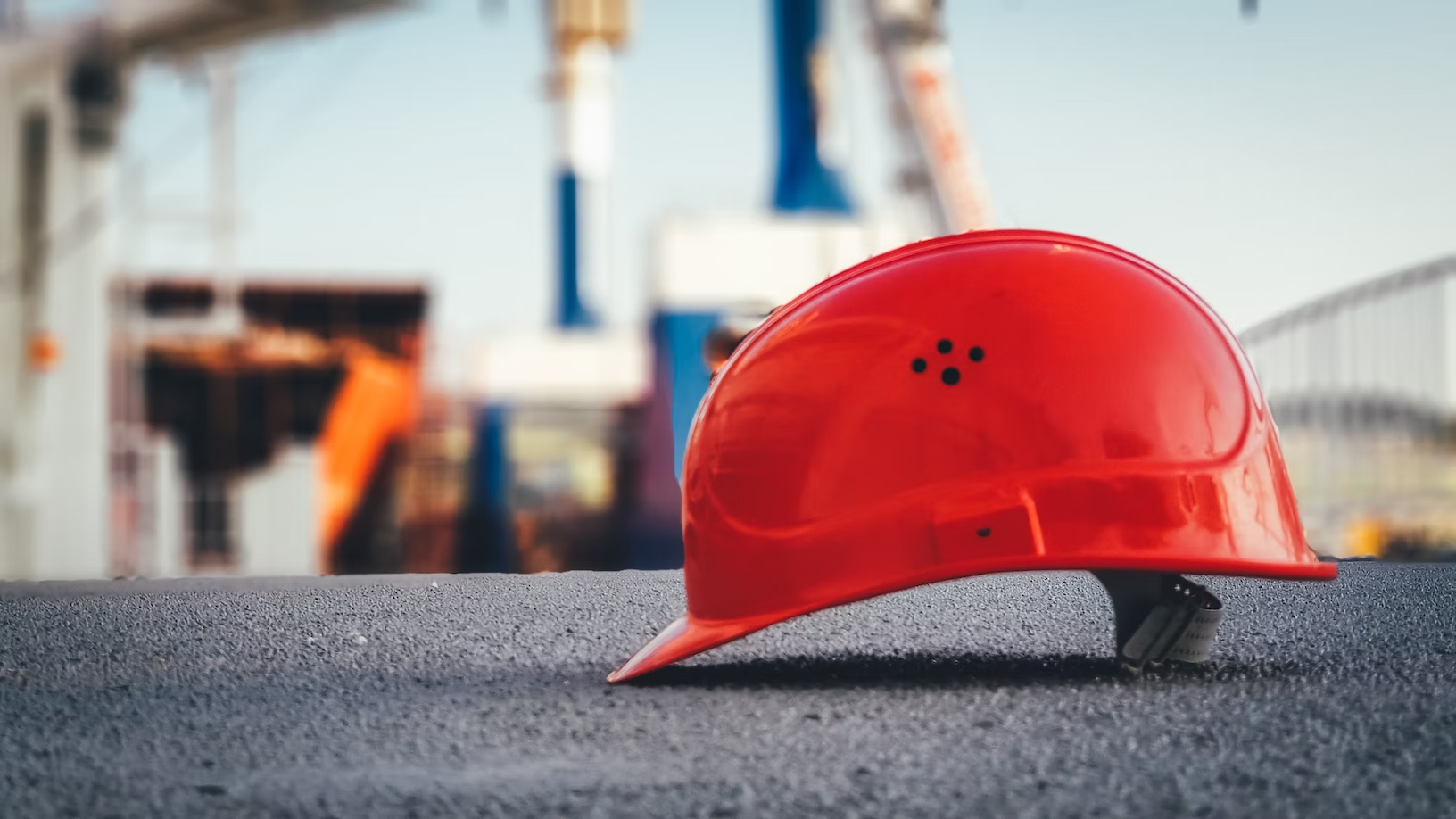Accidents, injuries, and dangerous mishaps are part and parcel of working at a construction site, and while most workers do assume and accept the risks associated, contractors are expected to remain vigilant, by ensuring that rules and best practices pertaining to safety are followed.
With the right practices and systems in place, most mishaps can be avoided, or at least limited to minor scrapes and bruises, as opposed to serious injuries. While there is extensive literature surrounding safety at construction sites, in this article, we will cover the 4 best practices that encompass most.
1. Develop Clear Safety Policies
Most construction sites lack sufficient clarity when it comes to safety policies, regarding how they will be implemented? Who has to follow them? And they exist in the first place? Many policies seem to exist only for the sake of it, and in the process only serve to undermine other essential ones.
As a result, it is absolutely crucial to develop clear safety policies for your worksite, based on a thorough risk assessment of the nature of work, location, and activities involved. Taking boilerplate policies from industry standards often does more harm than good, especially if it fails to prove its relevance to the project, or job in question.
2. Provide Safety Training
Once you have the right policies in place, it is then time to effectively convey the same to workers, with a hands on demonstration of various safety equipment, and a thorough overview of the risks involved. With the right approach, the safety guidelines will perfectly align with the perceived risks, making adoption of the rules fairly straightforward, with limited opposition or friction.
Safety training should ideally be provided right at the beginning of each new project, with refreshers at regular intervals, or following an incident, in order to truly build a culture of safety on the worksite. Such training should ideally be conducted by supervisors, who are well versed with training materials, along with the risks, rules, and requirements as specified in the project’s safety manual or policies.
3. Conduct Regular Inspections
Following this, supervisors should regularly inspect their team members and the worksite to ensure the rules and guidelines provided are adhered to, and the safety equipment and procedures are religiously followed by all workers.
This can be done via regular inspections, along with surprise spot checks, and audits to keep workers and their managers constantly on their toes. Consequences for first-time violations or lapses can include verbal warnings, but in the case of multiple violations, things can be escalated to include even suspensions and firing of the employee for not following the rules.
With this, the importance of safety, and a culture of following rules and regulations is clearly emphasized, leaving absolutely no room for carelessness and lax attitudes.
4. Encourage Reporting
In most construction sites, it is common practice to hide minor accidents and injuries among workers, especially when rules have been violated. This is often a slippery slope towards widespread flouting of rules, before a major incident takes place, resulting in a serious injury.
The best way to avoid this is by encouraging the reporting of even minor injuries to the supervisor, so that they can be analyzed, and additional rules can be formulated in order to address the same, along with a quick training session, as a refresher on the safety rules and policies.
Workers should also be aware of their rights and responsibilities in the event of an incident, such as the ability to make construction site accident claims in the case of serious injuries, along with raising alarm or providing witness to accidents incurred by their fellow workers. All of this helps further improve transparency when it comes to reporting.
Final Words
As many as 1.7% of workers experience an injury during the course of their careers, that is serious enough that they have to miss work. This is still way too many, and shows that there is still a lot lacking when it comes to safety in the construction industry.
While safety rules, procedures, manuals, and equipment have all made massive strides in recent years, it ultimately comes down to the attitude of workers, supervisors, and builders when it comes to ensuring a safe work environment.

